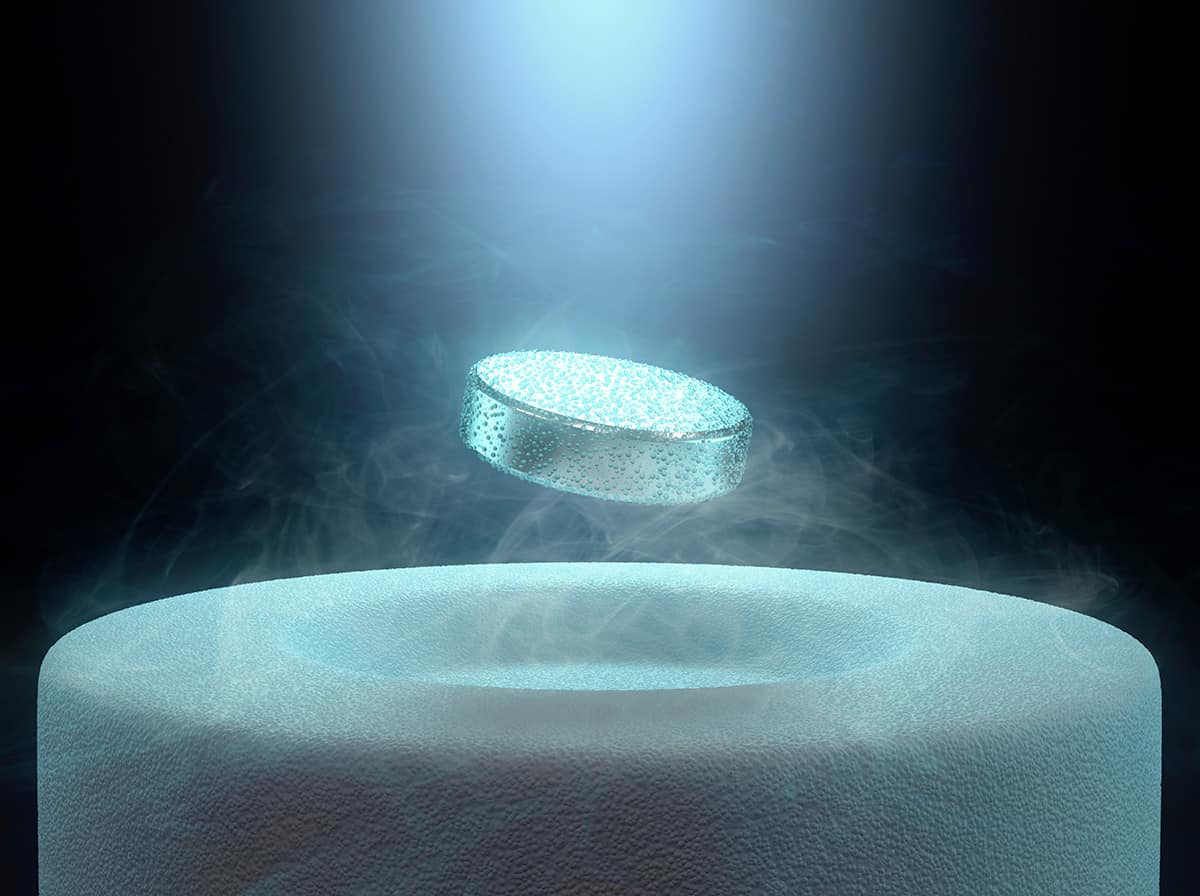South Korean scientists have made a groundbreaking discovery – they have developed a superconductor that operates at room temperature and normal pressure. Superconductors are materials that can transmit electricity without any resistance and possess unique magnetic properties that are extremely valuable for technology. Usually, superconductors require extremely low temperatures to function, but this new one works perfectly in everyday conditions.
However, it’s important to note that the claims need to be verified because there have been past instances where room-temperature superconductors were not confirmed. The scientists have shared their research on arXiv, but it’s unclear if it has undergone peer review in a scientific journal. IFLScience has contacted the researchers to learn more about their work and the new material, named modified lead-apatite or LK-99.

The critical temperature is a crucial factor in superconductivity, as it defines the temperature below which the material becomes a superconductor. LK-99’s critical temperature is stated to be 127°C (261°F), which means it can be effectively used in all environments on Earth.
While there have been other room-temperature superconductors, LK-99 stands out as it doesn’t require high pressures to operate.
The team has also measured other important properties of LK-99, including critical current, lack of electrical resistance, critical magnetic field, and the Meissner effect. The Meissner effect allows the material to repel nearby magnets, causing it to levitate.

“All evidence and explanation lead that LK-99 is the first room-temperature and ambient-pressure superconductor. The LK-99 has many possibilities for various applications such as magnet, motor, cable, levitation train, power cable, qubit for a quantum computer, THz Antennas, etc. We believe that our new development will be a brand-new historical event that opens a new era for humankind,” the researchers wrote in the paper.
The reason superconductors lack electrical resistance lies in how electrons behave in the material. When a material becomes a superconductor, its electrons pair up and flow freely without losing energy due to repulsion. The team suggests that this pairing is occurring in LK-99 because of stress caused by copper atoms on the lead, which is not relieved by the unique structure of the material.


